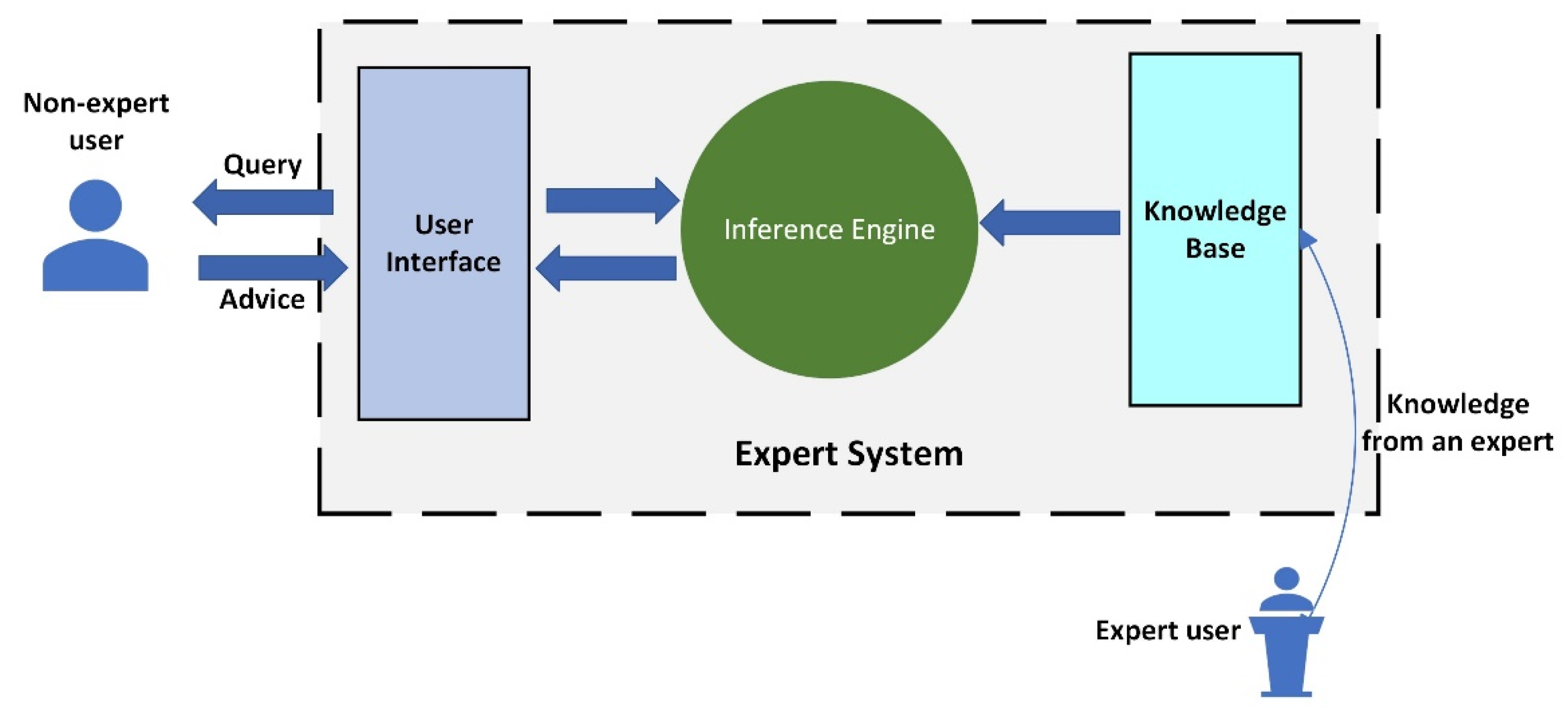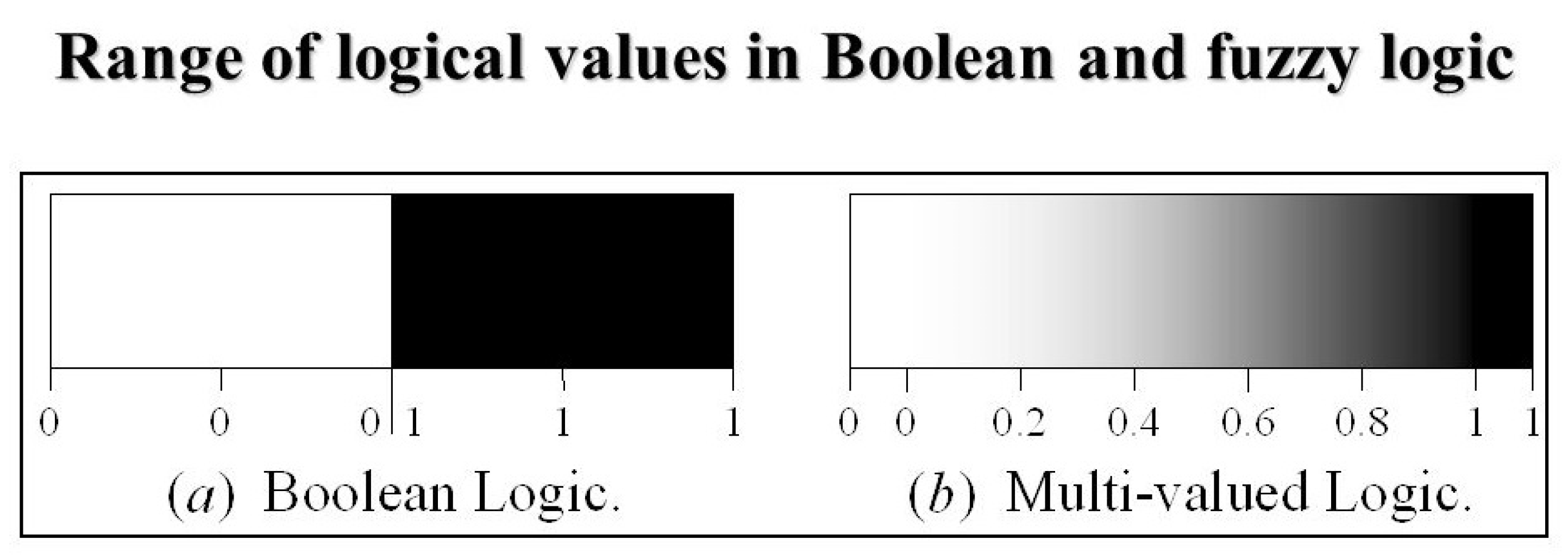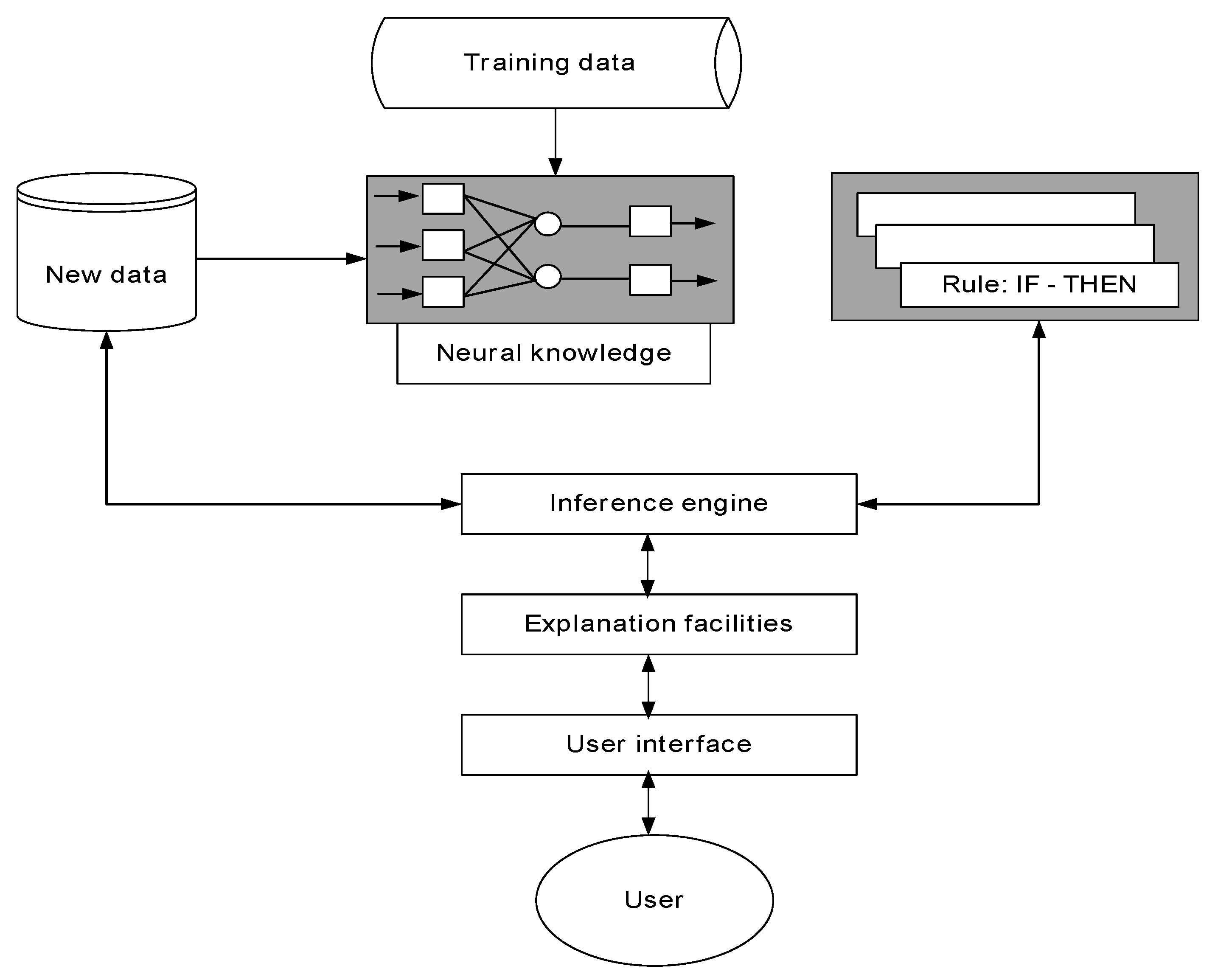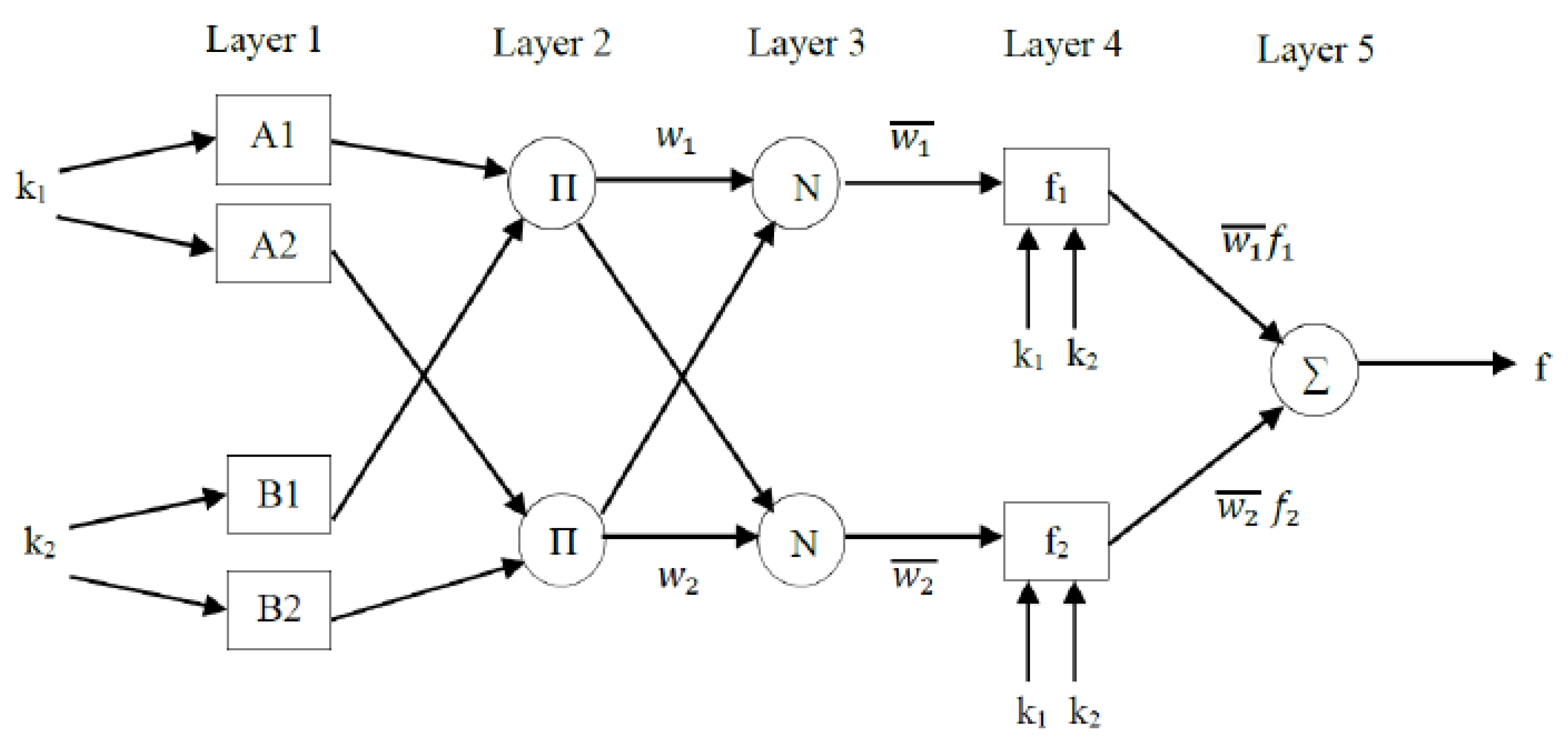1. Introduction
Electrocardiography (ECG) is one of the most widely used recordings in clinical medicine. ECG involves the recording of electrical activity that is generated by the heart through the surface of the body. Historically, the first ECG recording dates back to 1887
[1]. The electrical activity generated by the heart is measured using electrodes placed on specific parts of the body surface. ECG devices are typically used to obtain information about the physiological condition of the heart by measuring the electrical signals generated by the heart through electrodes attached noninvasively to the body surface
[2]. Single-lead three-electrode ECG recordings have been widely used
[3][4]. However, due to the advancement in research, the number of leads has gradually increased to obtain a more accurate ECG recording
[5][6]. An ECG recording is one of the most valuable data used in diagnosing heart disease. It offers unique information that is not obtainable from any other type of test. Even though ECG signals are widely recorded in hospitals, they are also used in epidemiological studies, as well as in large clinical trials
[4][5][7].
One technique commonly used in epidemiological studies for classifying ECG is known as the Minnesota coding, whereby an internationally agreed on set of rules is used to describe the ECG patterns
[8]. This is particularly favored by epidemiologists in large-scale population studies. Currently, sensors can be used to automatically measure ECG signals instead of conventional discrete measurement
[4][5][8][9]. Automated techniques for Minnesota coding are available and are valuable when a large number of ECGs require coding. Recently, a computer analysis of the ECG was developed for recording and interpreting ECGs. This helps in developing ECG data repositories and reducing the time lag in ECG reports. Aside from ECG signals, other forms of real-time biomedical signals have been collected from the human body, which includes blood pressure, respiration rate, heart rate, blood glucose, galvanic skin response and oxygen saturation levels, among others. The list of collectable physiological signals is rapidly expanding owing to the speed of ongoing technological advancements in the biomedical domain
[10][11]. These signals, especially the ECG, have helped in detecting and diagnosing various types of diseases, including cardiovascular diseases (CVD).
CVD is a group of diseases that involves the heart and/or blood vessels
[12]. CVD includes coronary artery diseases (CAD) such as angina and myocardial infarction (heart attack), heart failure, stroke, hypertensive heart disease, rheumatic heart disease, cardiomyopathy, heart arrhythmia, congenital heart disease, valvular heart disease, carditis, aortic aneurysms, peripheral artery disease, thromboembolic disease and venous thrombosis, among others
[12]. CVD is the leading global cause of death and accounts for 17.3 million deaths per year. This number is estimated to increase and reach about 23.6 million by 2030
[13][14]. According to the World Health Organization (WHO), 17.7 million people died from CVD in 2015, representing 31% of all global deaths and about half of the total deaths from noncommunicable diseases (NCD). Out of the 17.7 million, an estimated 7.4 million were caused by CAD, and 6.7 million were caused by stroke. Increasingly, the population mostly affected are those in low- and middle-income countries, where about 80% of these deaths occurred at younger ages
[13][15][16].
To predict the occurrence of CVD such as heart arrhythmia, an ECG is generally used by doctors to identify the condition in patients. However, widespread recognition and early prevention of such diseases is a challenge due to the shortage of cardiologists who are proficient in ECG interpretation and the affordability of ECG equipment. Hence, the automated analysis and classification of CVD are expected to play a significant role in accurately detecting the abnormalities of the heart in advance
[17]. A CVD diagnosis from an ECG has significant importance in the biomedical domain. As reported in the medical literature, the two widely known heart diseases are cardiac arrhythmias and myocardial ischemia. Myocardial ischemia occurs due to the shortage of blood supply to the myocardium, which affects the morphology of the heart ECG signal. Conversely, cardiac arrhythmias indicate abnormalities in the rhythm of the heart, which may lead to cardiac arrest, chest pain or sudden cardiac death
[18]. For an effective diagnosis of CVD using ECG signal data, several expert systems (ES) and a decision support system (DSS) have been developed.
ES is a problem-solving system that can produce a better performance in a specialized problem area that typically requires expert knowledge and skills. An ES program processes the knowledge of experts to mimic their skills, thinking and perception
[19]. ECG data collected from the sensors can be transferred to a cloud server to conduct a preliminary automatic diagnosis based on the knowledgebase of the ES without the presence of medical experts
[4][20]. A knowledgebase is initially developed using a large sample dataset, which can be updated frequently by specialists to improve the accuracy of the ES and DSS for disease prediction
[4]. Such ES and DSS systems will assist patients in detecting abnormalities in their hearts before seeing their doctor or physician for treatment
[2][4][5].
2. Expert System and Decision Support System
A decision support system (DSS) is an information system developed to support judgments and courses of action in an organization or a business. A DSS often screens and analyzes an enormous quantity of data, gathering comprehensive information that is useful to solve problems and in making informed decisions. In recent years, several organizations have provided a growing array of software packages using DSS to support management decision-making. This significant development has been intensified using personal computers, developments in database management systems and the introduction of “user-friendly” device interface techniques.
A decision support system presents some advantages to its users. Research has shown and substantiated a decreased decision cycle time, improved employee engagement and more reliable decision-making knowledge for all types of decision support systems. The time savings reported by using computerized support for decision-making are often significant. Another cogent advantage is enhanced effectiveness. Most studies have analyzed soft measures such as perceived consistency of judgment rather than quantitative measures. DSS also provides users with improved interpersonal communication; it can enhance coordination and cooperation between decision-makers. Communication-driven and group DSS have shown that effect in so many circumstances. The improved usability of data is also a significant impetus for developing a DSS powered by data. Worthy to note is the advantage of reduced expenses; some analyses and case studies have reported low costs for DSS from labor savings in decision-making and reduced infrastructure costs. Moreover, from another perspective, learning occurs as a by-product of a DSS being used initially and continuously. Two forms of learning tend to occur: learning new ideas and gaining a deeper understanding of business facts for decision-making. In fact, some DSS serve as de facto tools for training new employees.
An expert system is a knowledge-driven application that usually models human knowledge to perform certain tasks in a particular problem domain. The systems process expert knowledge and seek to imitate their ideas, abilities and intuitions. The definition of the expert system is generally based on the premise that the information of an expert can be stored in computer memory and implemented by a non-expert user. Tan et al.
[21] stated that the distinctive characteristic of the expert system has an insightful capacity to analyze its logic and justify its decisions. An expert system is composed of several parts: a knowledgebase where the expert information resides, a domain-specific computer providing various types of inferences, an effective user interface, the query and the advice generated by the system
[21]. The structure of an expert system is depicted in
Figure 1, and each of its components is briefly introduced in the following subsection.
Figure 1. Components or structure of an expert system.
Knowledgebase: the knowledgebase is considered the core of the expert system; it comprises rules and facts that model expert knowledge about the problem domain. It is a domain-specific information repository gathered from the human expert via the acquisition of knowledge. An expert system’s knowledgebase includes both empirical and heuristic knowledge. It replicates the expert’s knowledge in the form of rules of development, frames logic, etc.
[22].
Inference Engine: a significant element of any expert system is the inference engine. The inference engine is the component that determines how the expert system suitably interprets the information in the knowledgebase. Its function is to work with the system and user data available to generate solutions to problems; extract knowledge and produce answers, predictions and recommendations from the database just as a human expert does.
User Interface: The user interface component of the expert system controls the user-system interaction and communication. It provides facilities such as menus, GUI and so on that enable a non-expert user to query the system and receive feedback. Thus, it is an agent that enables the user to communicate with the expert system. The user interface function is to ease the use by developers, users and administrators of an expert system.
Nagori and Trivedi
[23] classified expert systems into five (5) different categories: a Rule-Based Expert System, Frame-Based Expert System, Fuzzy Expert System, Neural Expert System and Neuro-Fuzzy Expert System, as described as follows.
Rule-Based Expert System: The rule-based expert system, as the name implies, consists of a collection of rules which is an expressive way of expressing knowledge. Expert knowledge is stored specifically as a set of rules in the expert system
[23]. The set of rules consists of two parts: the antecedent represented as the PART(CONDITION) and the consequent represented as the PART (action). The basic syntax for the use of rules is as follows:
-
IF (antecedent)
-
THEN [Consequent]
Frame-Based Expert System: A frame is a structure of data that represents and models knowledge about a given entity or domain. In a frame-based expert framework, frames are used to capture and represent knowledge. Every frame has its name and an associated collection of attributes. The frame offers a natural means of expressing knowledge in a standardized and descriptive way that integrates all required information about a given object or concept. Dissimilar to the rule-based expert method where systematic searching is done for all rules, in frame-based expert system, only frame scanning is done to execute rules.
Fuzzy Expert System: fuzzy set theory is commonly used to convey expert information that uses ambiguous and undefined terms. Fuzzy logic describes facts about entities on a sliding scale, which helps in distinguishing between class members and non-members. Fuzzy logic is also referred to as multivalued logic. Consequently, in fuzzy logic, all values of truth are represented through real numbers from 0 to 1. The probability that a given assertion is true or false is expressed by a number in the interval. The difference between the classical Boolean logic and the multi-valued fuzzy logic is depicted in Figure 2.
Figure 2. Fuzzy logic and Boolean logic.
Neural Expert System: Instead of the conventional knowledgebase, a neural expert system has a neural knowledgebase, where information is stored as neuron weights. The combination of rule extraction based on a network of neurons (neural network) provides a learning facility for the neural expert system. The neural network also enables the handling of noisy and incomplete data due to its generalization capabilities. Thus, the expert system gives room for provisional reasoning. The rule extraction unit checks the base of neural information and generates rules that are implicitly embedded in the qualified neural network. The structure of a neural expert system is shown in Figure 3.
Figure 3. Basic structure of a neural expert system.
Neuro-Fuzzy Expert System: Fuzzy logic and neural networks are complementary natural methods in the creation of intelligent systems. Fuzzy systems cannot learn and adapt to a new environment. While neural networks can learn, they use a black box mechanism which is opaque to the end users. However, when the neural network is combined with a fuzzy group of experts, it generates more efficient technologies for designing an expert group. The integrated neuro-fuzzy system combines neural networks’ parallel processing and reasoning with the human-like information representation and interpretation capabilities of fuzzy systems. Figure 4 presents the basic architecture of a neuro-fuzzy inference system.
Figure 4. The architecture of a neuro-fuzzy inference system.
Distinction between Decision Support System and Expert System
DSS and ES applications in domains requiring decision-making have increased significantly
[19] but while DSS and ES are intended as strategies for enhancing decision-making, it is also true that there are strong and substantial variations between them. To recognize these variations, DSS and ES are compared in four primary areas: priorities and targets; organizational differences; users; and development methodology
[19].
Priorities and Targets: DSS and ES essentially have the same fundamental goal; they aim to enhance decision efficiency. Nevertheless, their fundamental philosophies and priorities are quite different. The philosophy of DSS is to help the user decide by providing fast and easy access to appropriate data and models for that decision. ES, on the other hand, provides the user with a judgment that is always right. Since this is not feasible, an ES output standard is usually acceptable, similar to or better than the experts.
Organizational Differences:—DSS provides the user with the ability to modify data and templates in several ways when going through the decision-making process to solve an issue in a versatile way. With ES, relevant segments of the knowledgebase are implemented based on the inference engine, control method durations, domain-specific heuristics and knowledgebase data.
Users: Another major difference exists between the typical users. DSS is primarily implemented in a company or organizational environment. These are targeted at the efficacy of individuals in decision-making within a business organization. DSS is for a limited community of users. Expert systems, on the other hand, are generally concerned with science as opposed to business activities; users are predominantly scientists or scholars in a specific field of study.
Development Methodology:—DSS and ES are usually developed using a prototype or adaptive approach. Basic information and organizational specifications are defined when creating a working prototype. The selection of DSS approach is based on three fundamental principles: a high degree of user participation, offering flexibility to the user’s needs, and functional early-stage decision support. ES, on the other hand, is developed through refinement and extension of the knowledgebase to advance towards higher output levels.
This entry is adapted from the peer-reviewed paper 10.3390/app122312342




